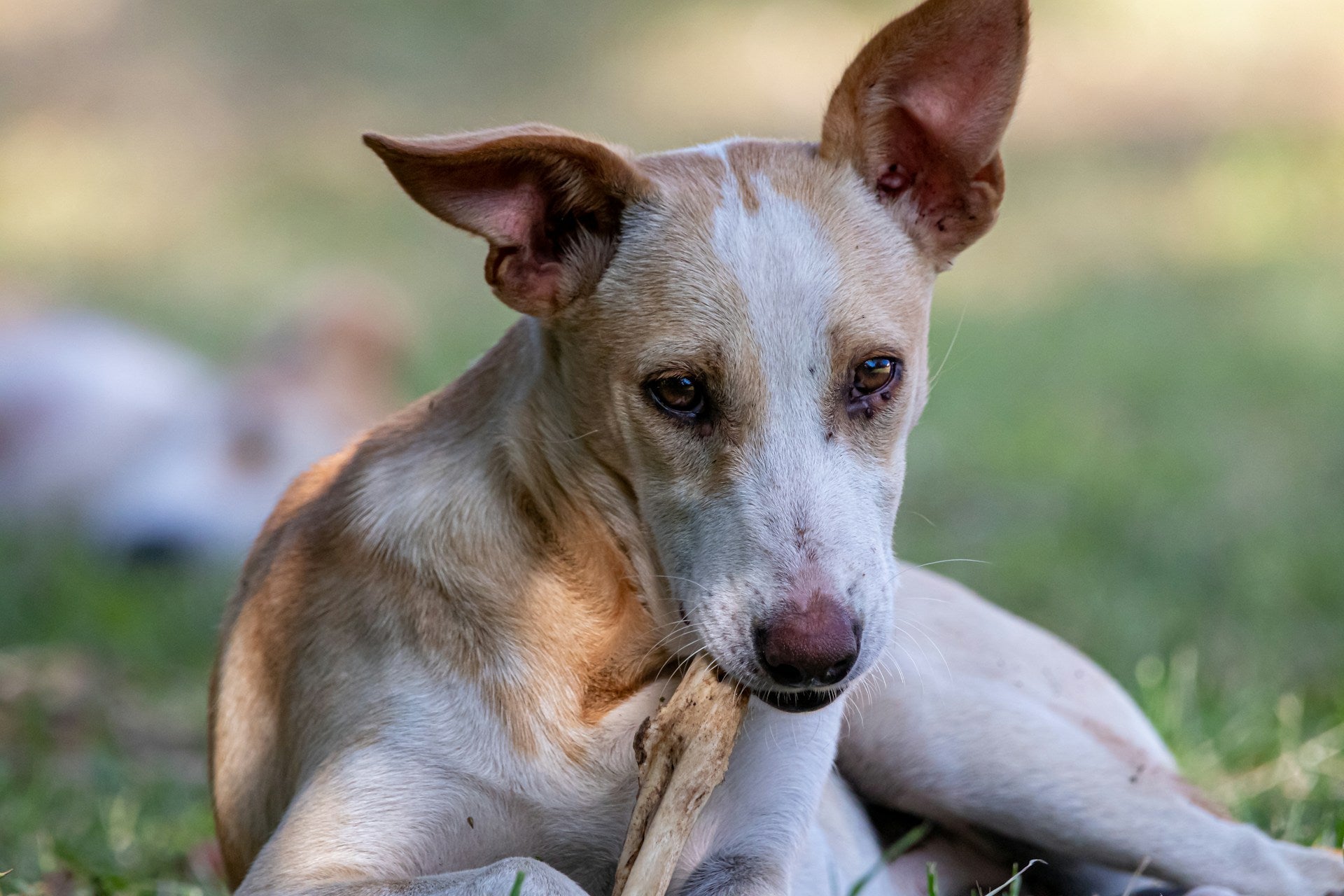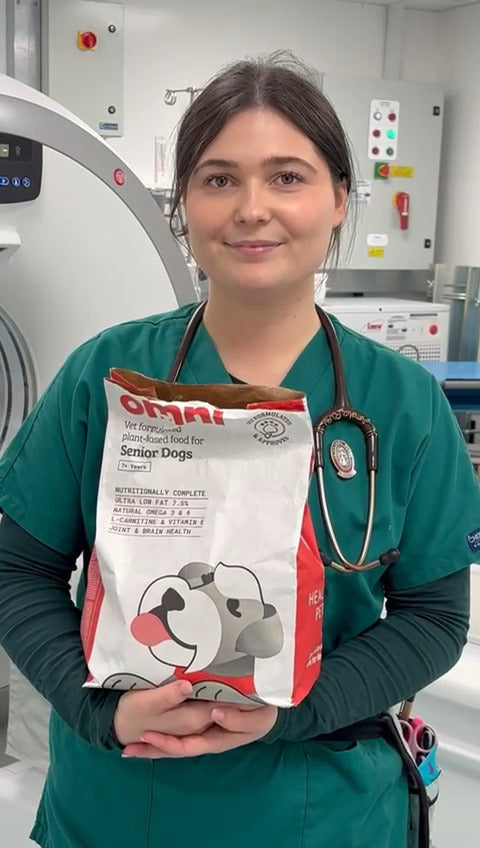Here’s Why Dog Owners Are Moving Away From Raw Feeding

Here’s Why Dog Owners Are Moving Away From Raw Feeding
A new published study has discovered the reasons why many dog guardians are no longer raw feeding their dogs. It highlights the dangers of raw diets for dogs, including a high rate of gastrointestinal problems in raw-fed dogs.
Researchers used a survey of 802 dog owners to investigate the reasons why owners who were previously feeding raw meat- and bone-based diets stopped doing so and instead shifted to a different dietary pattern for their pups.
The dogs addressed in the study were from a broad sample, covering both sexes, many breeds, all sizes (from just 2kg all the way up to 73 kg), and all ages (from just a few months up to 17 years old).
The main three reasons for abandoning raw meat feeding were intolerance, disease (especially gastrointestinal disease that includes watery stools, urgency, accidents at home, fever etc), and, of course, the dog simply not enjoying the taste or texture of the diet itself.
In fact, almost 40% of participants stopped raw feeding due to the dog developing gastrointestinal problems, despite claims by many raw feeding advocates that raw food is an evolved or ‘natural’ diet for dogs.
As the study notes, this pattern of raw food diets causing digestive problems fits with previous research showing that there is a higher rate of diarrhoea in dogs being fed raw food than dogs fed with cooked meat diets, for example.
Of the 40% who stopped raw feeding due to gastrointestinal problems, 104 participants cited specific gastrointestinal diseases as the reason for stopping. In over 80% of cases this disease developed during or after the feeding of raw meat, indicating that the raw food diet could well have played a role.
Another 196 participants cited their dog’s intolerance of the diet, detected by gastrointestinal problems like gas, bloating, loose stools, diarrhoea, constipation, or other signs of discomfort.
The remaining reasons for dog guardians abandoning the raw food diet are listed below:
- The dog was unwilling to eat raw meat (15%)
- Preparing raw meat was too much effort (12%)
- The raw meat diet was too expensive (6%)
- Preparing the raw food diet took too much time (5%)
- Their dog lost weight while eating raw foods (3%)
- A separate, special, non-raw-foods diet was required (2%)
- The dog developed skin issues while on the raw food diet (2%)
- The dog gained weight on the raw food diet (2%)
Due to the potential risk of dangerous pathogens (viruses, bacteria, and other nasty germs), many reputable veterinary bodies like the British Small Animal Veterinary Association (BSAVA) advise against feeding raw food to dogs.
If you have been feeding raw food to your dog, or are considering it but have not yet made up your mind, please get in touch with our team at woof@omni.pet
Sources:
Baum, L.L.; Zablotski, Y.; Busch, K.; Koelle, P. Reasons Why Dog Owners Stop Feeding Raw Meat-Based Diets (RMBDs)—An Online Survey. Pets 2024, 1, 20-32. https://doi.org/10.3390/pets1010004







 85 Great Portland Street, 1st Floor, London, W1W 7LT United Kingdom
85 Great Portland Street, 1st Floor, London, W1W 7LT United Kingdom





